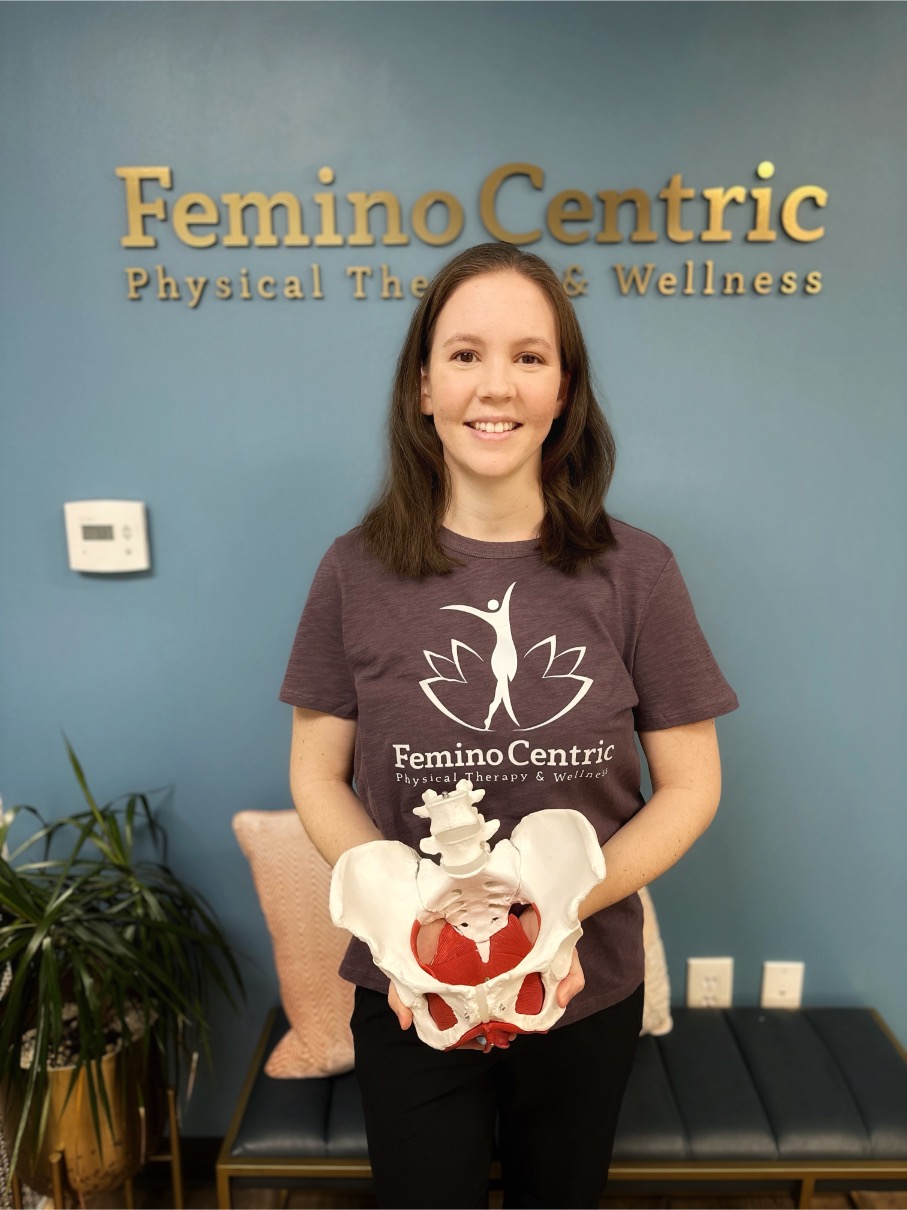Did you know perineal tears happen in up to 80-90% of first time births?
There are 4 degrees of perineal tears.
1st degree: Superficial injury to the perineal skin
2nd degree: Involves vaginal mucosa and perineal muscles (35-78% of first time moms)
3rd degree: Involves the anal sphincter (5-8% first time moms)
4th degree: Tears through the complete anal sphincter
What are the Risk Factors Contributing to Perineal Tears?
*High fetal weight
*Instrument assisted delivery (vacuum, forceps)
*Birth Positions with reduced sacrum flexibility (laying on back)
*Episiotomy
What are the Repercussions of Tearing?
*Increased incidence of pain with intercourse, urinary and fecal incontinence, and pain with sitting. There is also higher incidence of levator ani avulsions, where key pelvic floor muscles become detached from their insertion, which impair the pelvic floor muscles from contracting fully, which can impact their ability to maintain continence and support prolapse.
How can Pelvic Floor Physical Therapy during pregnancy reduce the risk of perineal tearing?
*By educating patients on how to perform Perineal Massage
*By practicing breathing techniques and stretches to reduce tension in the pelvic floor muscles to allow for the perineal muscles to stretch
*By educating birthing positions that have lowest incidence of tearing
*By teaching how to push properly to allow perineum to stretch slowly and carefully
How Can Pelvic Floor Physical Therapy Help After Sustaining a Tear?
* Improve scar tissue mobility
* Desensitize scar tissue
* Reduce/Resolve pain with sitting and pain with intercourse
* Restore pelvic floor muscle length and strength
* Reduce/Resolve urinary or fecal incontinence


